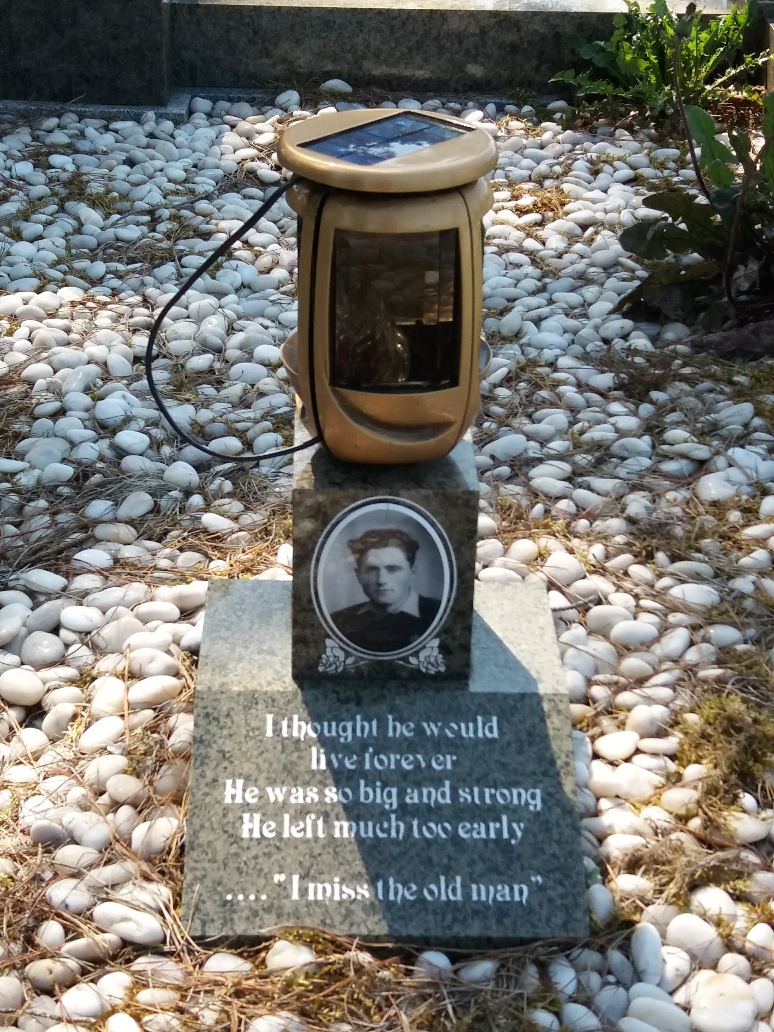


I have vague memories of Clonmacnoise from my primary school history lessons. I know that the monastery was founded by St Ciaran and seven or was it eight of his followers in the sixth century and I have a notion that he had died young.

Clonmacnoise Cathedral with Temple Duran (I think) to the right




Located smack in the middle of Ireland, Clonmacnoise enjoyed the favour of many Irish kings back in the day. The body of Rory O’Connor, the last High King of Ireland, found its resting place here as did many other kings and ancient Irish nobility.
The early settlement was built of wood which gave way to stone in or around the tenth century. The walls of some of those buildings still stand, testimony to the skills of craftsmen in those days. One of the many churches on the site, Temple Connor, dates back to the thirteenth century and is still used by the Church of Ireland on state occasions like a papal visit.

Interior of Temple Rí (King’s Church)
Clonmacnoise was at its best when Ireland was dubbed the island of saints and scholars. It attracted monks and scribes from all over Europe who came to study and pray and learn skills that would later see the light of day in books such as the famous Book of Kells (an illuminated manuscript of the four gospels of the Christian New Testament currently housed and displayed in Trinity College, Dublin), and the lesser-known Book of Durrow. The Book of the Dun Cow a twelfth-century vellum manuscript was written in Clonmacnoise, the Clonmacnoise Crozier (now on display in the National Museum) was crafted here, and the Cross the Scriptures emerged from the talented hands of the sculptors.

Temple Finghin and McCarthy’s Tower
The place has a chequered history and seemed to be a favourite punching bag for Vikings (attacked ~eight times over three centuries), the Normans (~six attacks) and Irish alike (attacked ~thirty times by various kings). Each time, the monks painstakingly rebuilt it. Its place at the centre of a major trading route was usurped by the nearby town of Athlone in the twelfth century and from then on, the monastery went into a steady decline. What’s left – the ruins of nine churches, two round towers, a castle, and hundreds of gravestones – is a testament to days gone by.


The old cemetery is no longer a working one. I was told a couple of years ago that there was one woman left who had a right to be buried there but how true that is I don’t know.

Apart from the rows and rows of Celtic cross headstones and those of historical significance in the old cemetery, the new cemetery, which opened in 1950, has others of note.

Be it Michael, leaving his Dublin marathon medal on his mom’s grave…

or Bill Henson proudly taking the pioneer pin and his Fr Cullen medal to his …


…they had me wondering.
It’s a beautiful spot on the banks of the River Shannon in the heart of Ireland. Well worth a visit.
When I go back, and I will go back, I’ll be looking for the two Commonwealth war graves: Aircraftman Second Class Jack Shea and Corporal Bridget White – I bet they have a story or three to tell.
An audiovisual tour of Clonmacnoise from Heritage Ireland
The story of the buried giant at Clonmacnoise